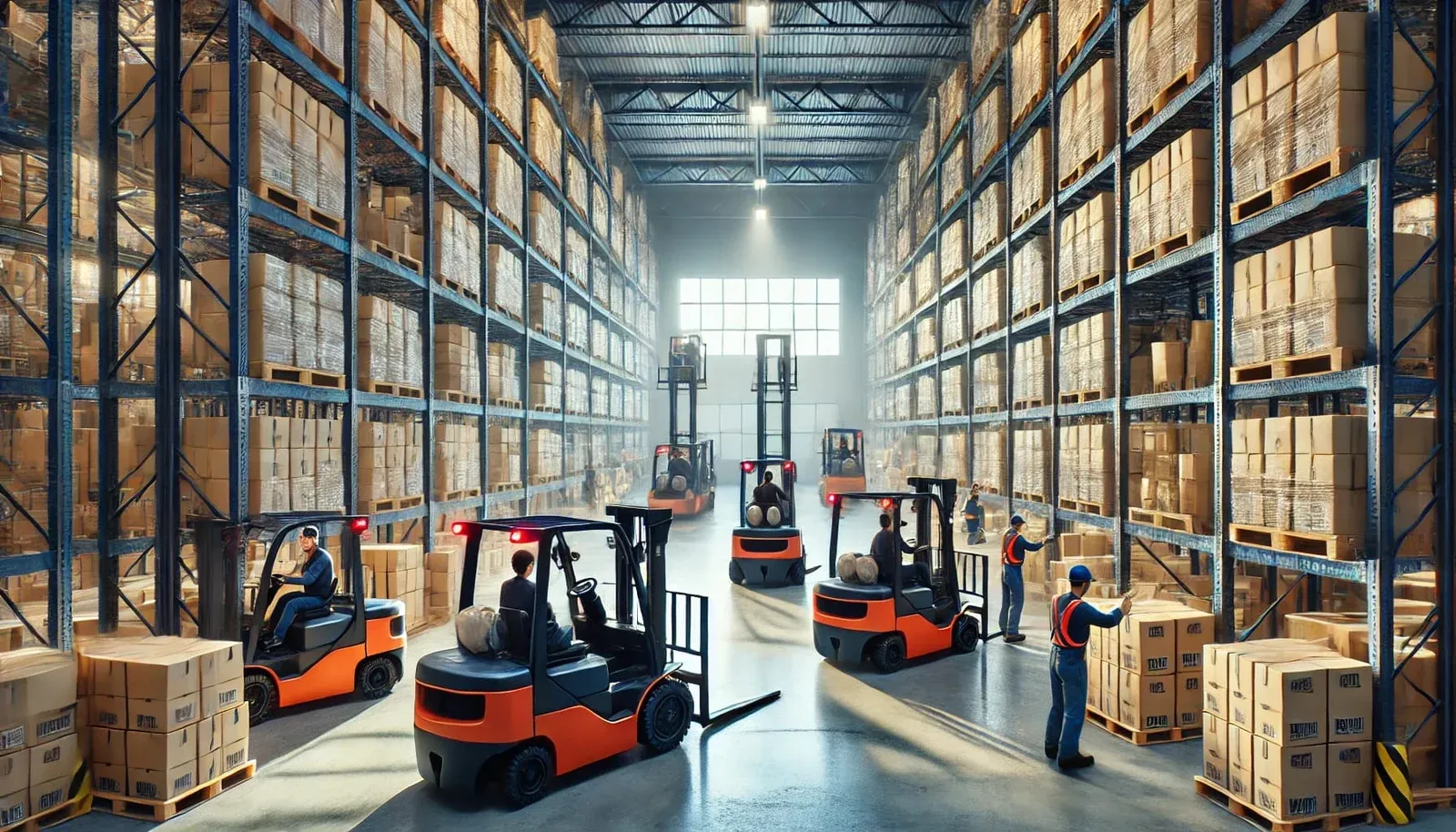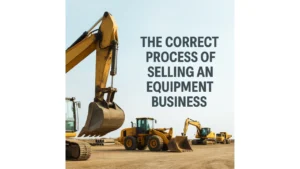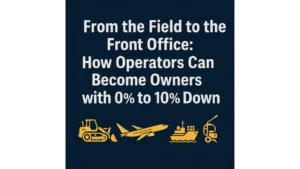The Ultimate Guide to Skid Steer Safety: Essential Tips and Practices
Skid steers are the go-to machines for many job sites, prized for their power, compact size, and adaptability. Whether used in landscaping, construction, or agriculture, skid steers offer incredible versatility. However, like any heavy equipment, they come with risks. Despite their smaller size, skid steers require careful handling and respect for their power. Developing proper safety habits is crucial to prevent accidents and ensure smooth operations. Here, Equipment Trader shares essential safety practices when working with skid steers.
Explore New and Used Skid Steers for Sale Today
1. Begin with a Thorough Pre-Operation Inspection
Starting each day with a pre-operation inspection is essential for safety and productivity. Before entering the cab, operators should inspect the machine for any visible issues. Check tires or tracks for wear and damage, inspect hydraulic systems for leaks, and ensure all fluid levels—engine oil, coolant, and hydraulic fluid—are adequate. Confirm the functionality of all safety mechanisms, including seat belts, door latches, and interlocking controls. While this step might seem time-consuming, it can prevent unexpected breakdowns and, more importantly, serious accidents.
2. Don’t Overlook Routine Maintenance
Good maintenance habits are a key component of skid steer safety. Regularly checking hydraulic lines, filters, and belts keeps the machine in optimal condition and minimizes the risk of mechanical failures that could lead to accidents. Keep the cab clean and free from clutter to avoid distractions or interference with controls.
3. Ensure Proper Training and Familiarity with Equipment
Proper training and understanding of the specific skid steer model being used are vital for safety. While skid steers share common features, different models may have unique controls or safety systems. Operators should read the manual thoroughly and ask questions about any unclear features. A well-informed operator is a safer operator.
Start exploring our collection of new and used skid steers for sale today and find the right machine to meet your needs.
Essential Skid Steer Safety Tips: PPE, Awareness, and Careful Operation
Skid steers are powerful and versatile, but like any heavy machinery, they require careful handling and a focus on safety. Follow these essential safety tips to ensure a safe, efficient work environment.
Wear Proper PPE
Wearing the right personal protective equipment (PPE) is essential, especially when operating or working around skid steers. Operators should always wear steel-toe boots, gloves, and eye protection to guard against flying debris and other potential hazards. On busy job sites, hard hats and high-visibility vests are crucial, particularly when multiple machines are in operation. The operator’s seat belt is also non-negotiable—it keeps you secure if the machine tips over, which can happen on uneven or unstable ground.
Know Your Surroundings
A big part of safe skid steer operation is staying aware of your surroundings. Before starting the machine, take a moment to inspect the area for any hazards such as trenches, low-hanging branches, or uneven terrain. Clear communication between the operator and ground workers is also crucial. Use hand signals or two-way radios to coordinate and help avoid accidents in areas with limited visibility. Workers on foot should maintain a safe distance from the skid steer to avoid blind spots where the operator might not see them.
Operate with Care and Precision
Even experienced operators need to exercise caution and precision when operating skid steers. It’s tempting to rush through tasks, but reckless operation increases accident risks. Always drive at safe speeds, particularly when turning or navigating slopes. When carrying loads, keep the bucket low to maintain the machine’s center of gravity and reduce the tipping risk, especially on uneven ground. When parking, lower the attachments, engage the parking brake, and turn off the engine before exiting the cab. These habits go a long way in ensuring a safe work site.
Safety First for Smooth Operations
A few extra minutes for inspections, clear communication, and careful operation can make all the difference. Whether working in construction, agriculture, or landscaping, safety should always come first to get the job done efficiently and without incident.






